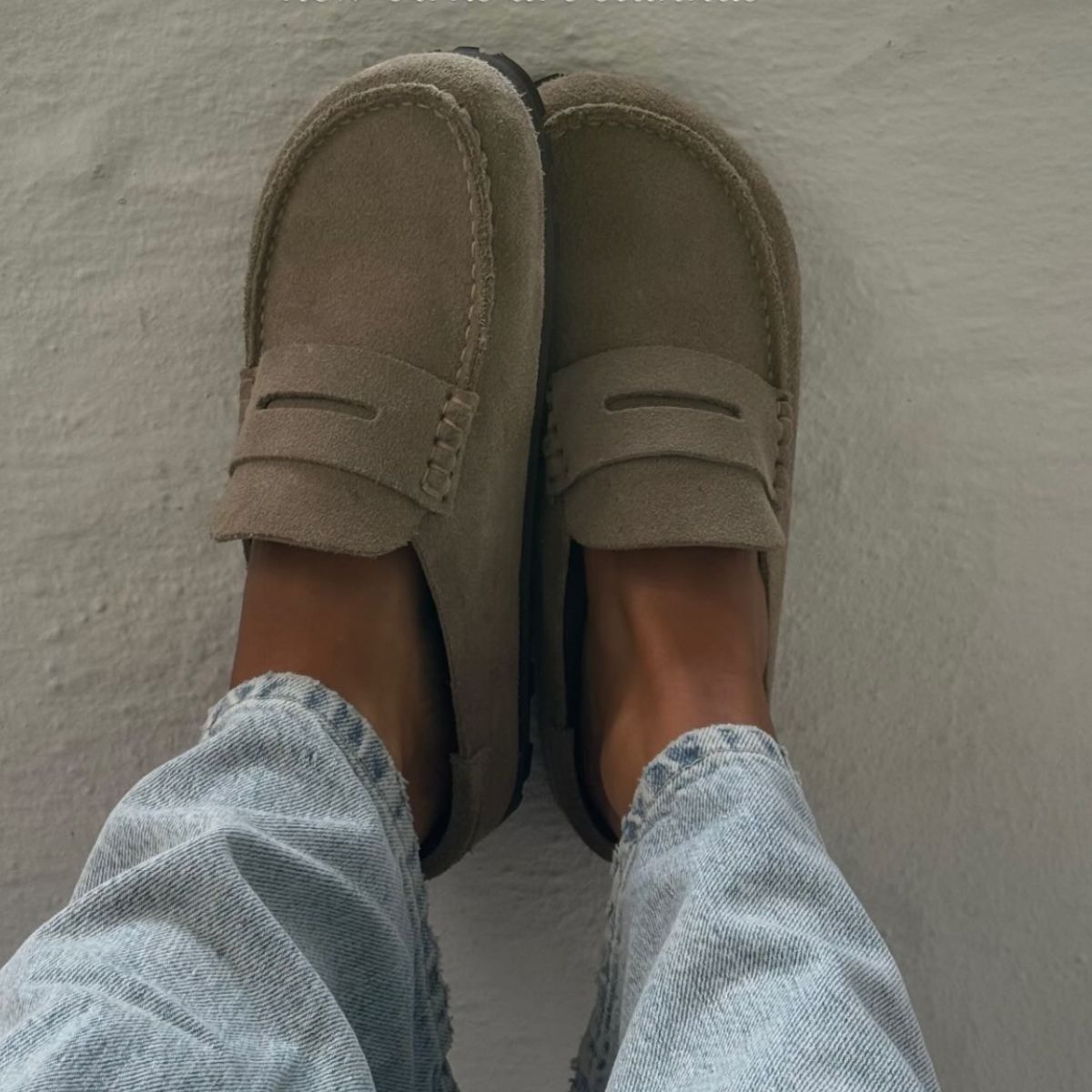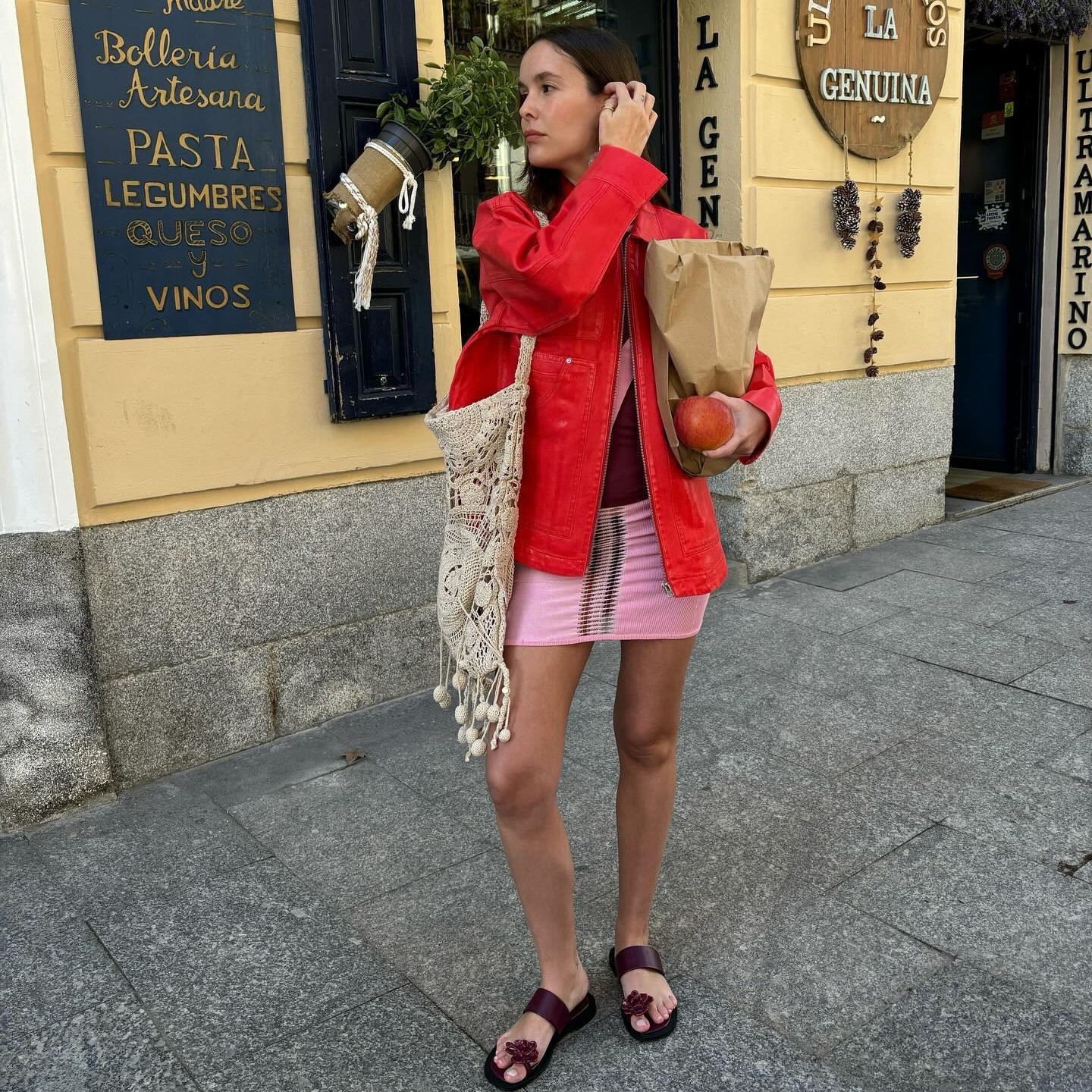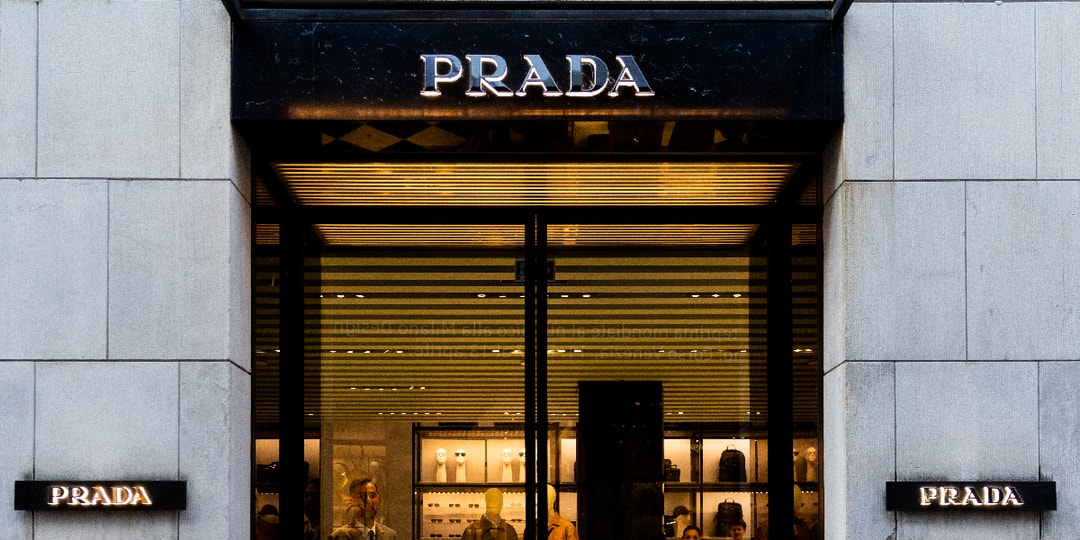Fashion Face-Off: Ready-Made Clothes vs. Custom Tailoring
Discover the ultimate fashion face-off between ready-made clothes vs. custom tailoring. Uncover key differences, pros, cons, and which style best suits your wardrobe and personality.

Clothing isn't just about covering the body—it's a daily expression of who we are. In the ongoing battle of ready-made clothes vs. custom tailoring, style, budget, comfort, and personality collide. Whether you're someone who swears by off-the-rack convenience or a fan of perfectly measured, hand-sewn elegance, your choice of fashion tells a story.
In this article, we’ll take a deep dive into these two fashion worlds. We’ll explore their pros and cons, understand their cultural and economic impacts, and help you decide what suits your lifestyle best.
What are Ready-Made Clothes?
Ready-made clothes—also known as off-the-rack or RTW (ready-to-wear)—are garments manufactured in standardized sizes and sold through retail stores. You’ll find them everywhere, from global fashion chains to local boutiques.
These clothes are produced en masse using size charts that aim to fit the “average” person. They’re designed to be versatile, accessible, and trendy, appealing to a wide audience with varying fashion tastes.
Popularity and Global Influence
Ready-made clothing dominates the modern fashion industry. From Zara to H&M, fast fashion brands push out countless new styles every week. Celebrities, influencers, and shoppers alike grab the latest looks, often at very affordable prices.
This widespread appeal is largely due to convenience, affordability, and the ability to quickly adapt to current trends. In a world obsessed with immediacy, off-the-rack fashion fits perfectly.
Mass Production and Accessibility
The biggest strength of ready-made clothes is scale. Brands can produce thousands of units in a single design, making them cheaper and widely available. You can walk into almost any store and walk out with a complete outfit within minutes.
From basic tees to business suits, RTW has something for every age, size, and gender—although not always the perfect fit.
Understanding Custom Tailoring
Custom tailoring, or bespoke fashion, involves making garments specifically for one individual. It starts from scratch—with measurements, fabric selection, and design preferences.
This method ensures a one-of-a-kind outfit that fits like a glove and matches the wearer’s personality and body type.
Personalized Design and Unique Fit
Tailoring is about details. You choose the fabric, the cut, the buttons, the lining—even the thread color if you want. The result is a piece that looks and feels uniquely yours.
From business suits to wedding gowns, tailored clothing delivers unmatched comfort and elegance.
How Tailoring Has Evolved Through Time
Once the only option before industrial mass production, tailoring now holds a premium spot in luxury fashion. With advances in technology and the rise of independent designers, tailoring has modernized while staying rooted in craftsmanship.
From Savile Row to your local tailor, custom fashion is making a stylish comeback.
Top Benefits of Custom Tailoring
Custom tailoring offers a level of personalization and quality that ready-made clothing simply can’t match. Here are the top benefits of custom tailoring that make it a standout choice for those who value fit, style, and individuality:
Perfect Fit
Custom-tailored clothes are made to your exact measurements, ensuring a flawless fit. Unlike ready-made garments that use generic sizing, tailored outfits complement your unique body shape—enhancing your appearance and comfort.
High-Quality Materials
Tailors often use premium fabrics and materials. You have control over what your garment is made from, whether it’s Egyptian cotton, Italian wool, or sustainable organic linen. This results in better durability, breathability, and overall quality.
Unique Style and Personalization
From lapel width to stitching patterns, you can customize every detail. This allows you to reflect your personal style and stand out from the crowd. You choose the color, buttons, lining, cuffs, and even the pocket design.
Long-Term Investment
Although custom clothing can be more expensive upfront, it often lasts longer and fits better over time. This reduces the need for frequent replacements, making it a cost-effective option in the long run.
Greater Comfort
Since tailored clothing is made to match your body, it eliminates common fit issues like tight shoulders or loose waistbands. This means all-day comfort—whether you’re sitting at a desk or walking into a business meeting.
Boost in Confidence
Wearing clothing that fits you perfectly and represents your style can significantly boost your confidence. Tailored outfits often make people feel more polished, professional, and poised.
Support for Skilled Craftsmanship
By choosing custom tailoring, you support skilled artisans and local businesses. Each garment is carefully constructed, often by hand, showcasing the art of fashion design and tailoring.
Better Suitability for Special Occasions
Need an outfit for your wedding, a gala, or an important presentation? Tailored clothing ensures you look your absolute best on those big days. No compromises—just your ideal style in your perfect fit.
How Does Custom Tailoring Affect Wardrobe Longevity?
Custom tailoring significantly increases the longevity of your wardrobe, and here’s why—it’s all about better fit, higher-quality materials, and timeless design. Let’s break down how tailored garments outlast their ready-made counterparts:
1. Superior Construction and Craftsmanship
Tailored clothing is made with great attention to detail. Professional tailors use strong stitching techniques, quality linings, reinforced seams, and durable thread. This craftsmanship ensures garments can handle frequent wear without falling apart or losing shape.
Compared to mass-produced clothes, tailored pieces are less prone to fraying, splitting, or early wear and tear.
2. Higher-Quality Materials
When you go the custom route, you usually choose premium fabrics—like wool, silk, or high-thread-count cotton. These materials are:
-
More breathable
-
Less prone to pilling
-
Better at holding their shape over time
Higher-quality fabric directly translates to longer garment life and better performance even after many washes.
3. Perfect Fit Reduces Stress on Fabric
Off-the-rack clothes often stretch or sag in areas where they don’t fit properly. For example, tight shoulders or loose waists can lead to:
-
Split seams
-
Uneven fabric wear
-
Misshapen collars or cuffs
A tailored fit distributes tension evenly across the body, preventing unnecessary strain and extending the garment’s life.
4. Easy to Maintain and Alter
Tailored clothes are designed with alterations in mind, so they’re easy to adjust if your body changes over time. Rather than discarding the garment, you can simply update it. This makes tailored pieces much more sustainable over the years.
A small alteration can add years of life to a suit or dress.
5. Timeless Design = Fewer Replacements
Custom-tailored garments typically avoid fast-fashion trends in favor of classic, versatile styles. Think well-cut blazers, tailored trousers, and elegant evening wear.
Timeless design ensures your clothing doesn’t go out of fashion, meaning you won’t feel pressured to replace them every season.
6. Lower Cost Per Wear
Though tailored clothes may cost more upfront, they tend to offer better cost-per-wear value. Instead of buying three lower-quality items over two years, you could wear one tailored piece for five years or more.
Bottom Line
Custom tailoring enhances wardrobe longevity by combining fit, quality, and timelessness. If you're building a sustainable and durable wardrobe, investing in tailored garments is a smart, long-term strategy. They don’t just last longer—they age better.


















































































